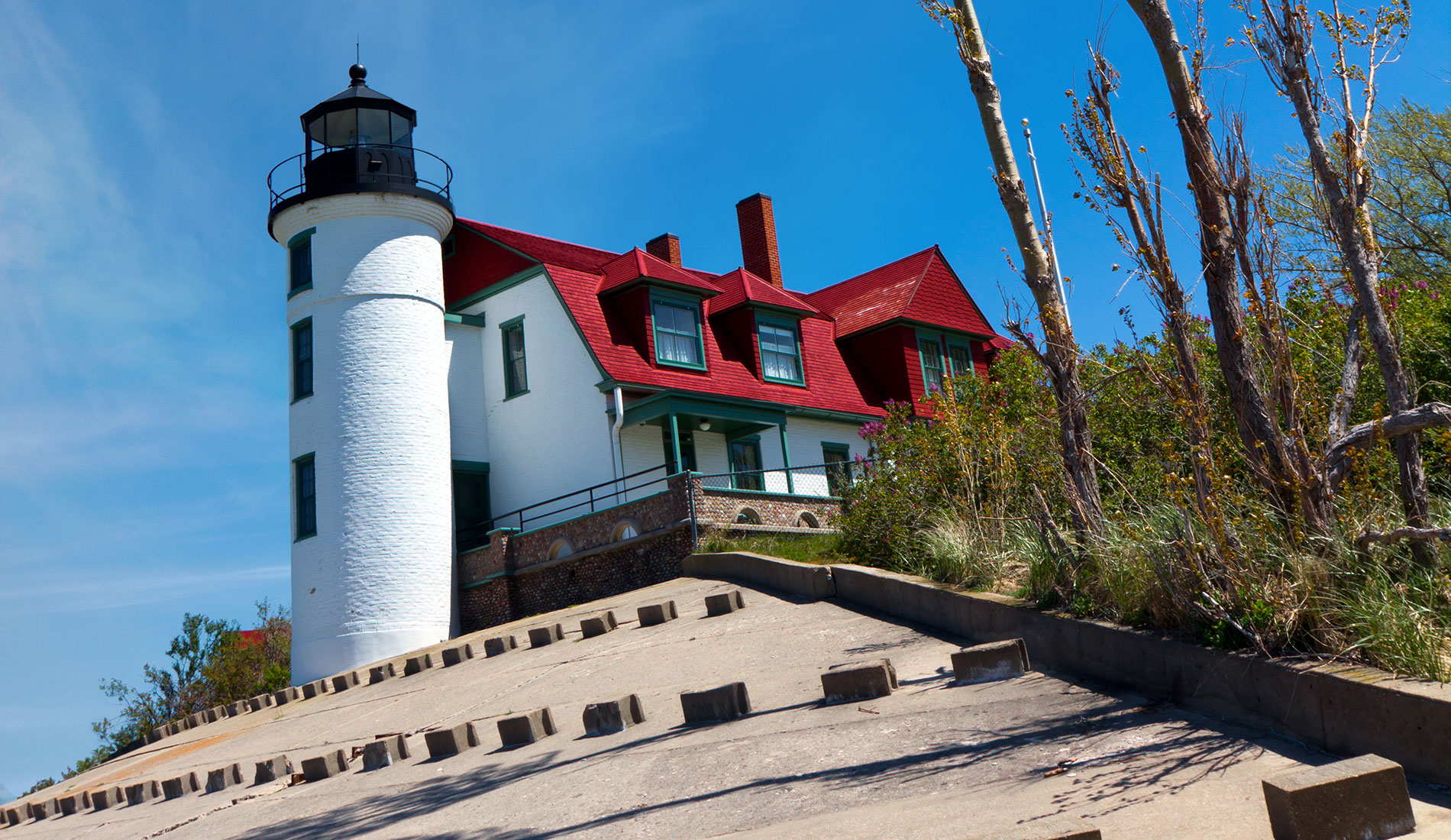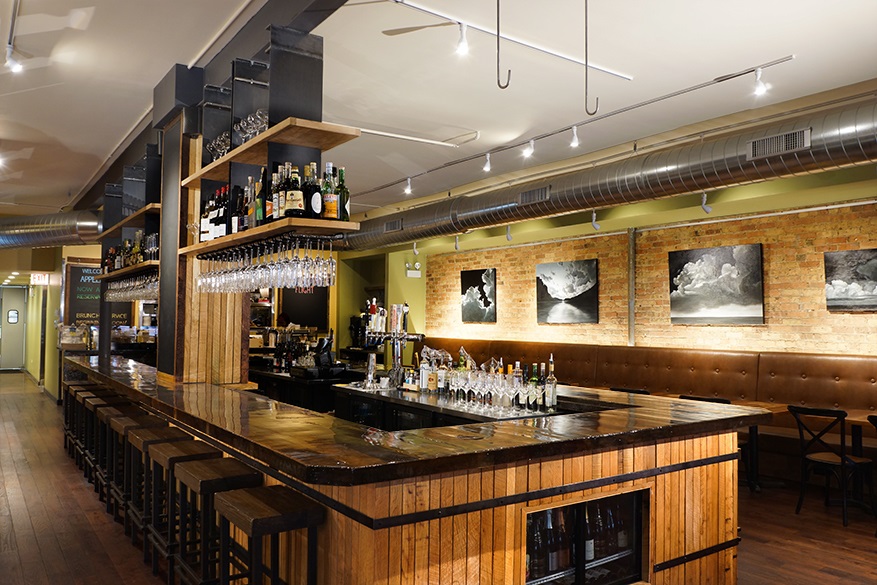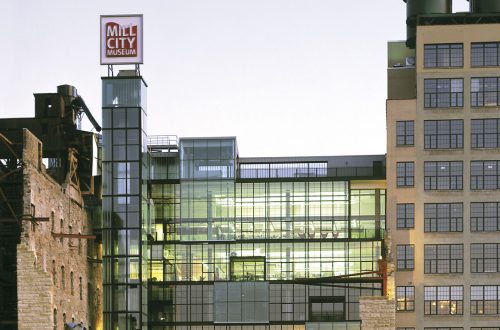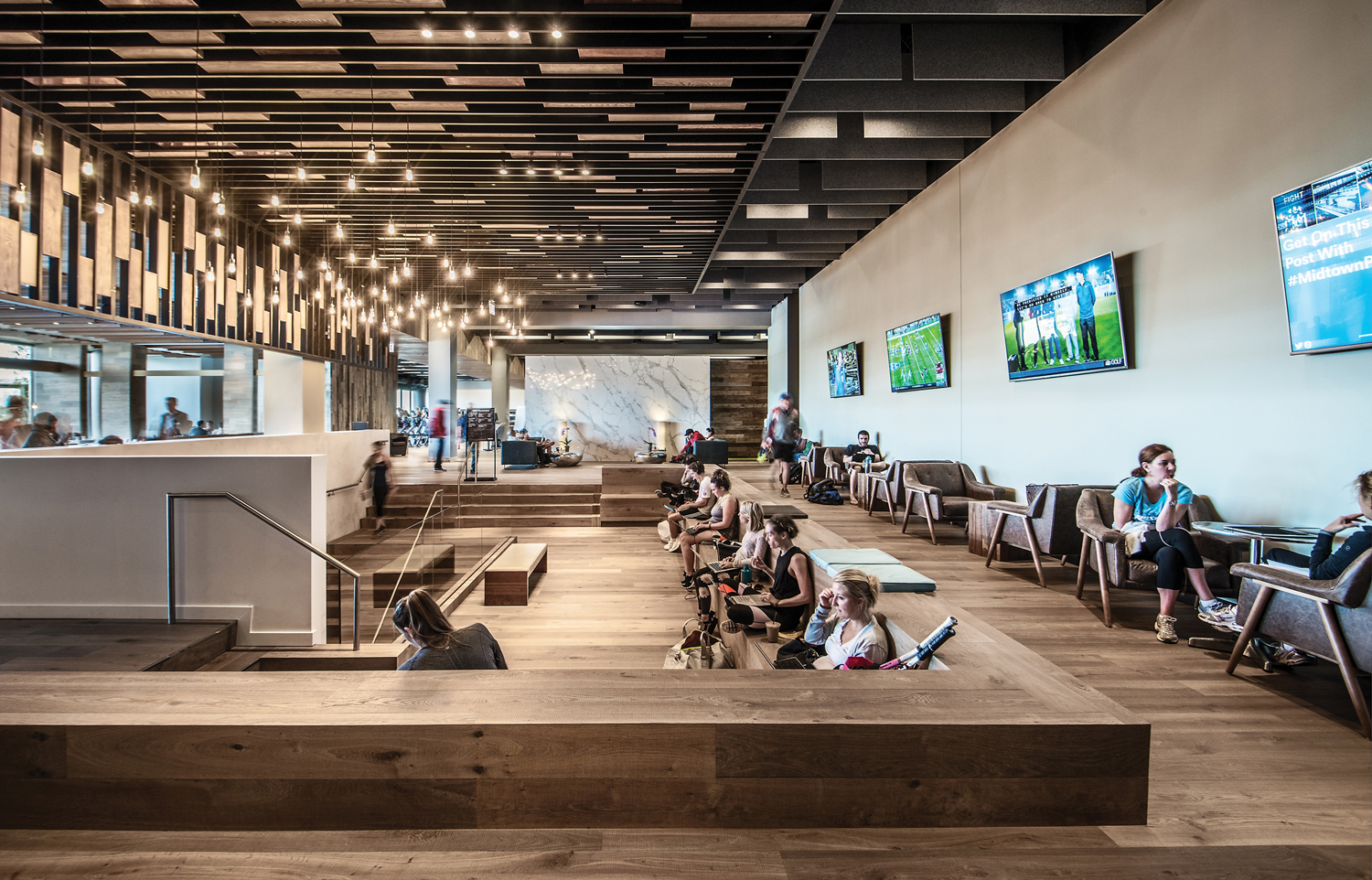Text: R. Collins
When vacationing on the sunny shores of Lake Michigan, visitors can sometimes forget how essential historic buildings are to the makeup of northern Michigan, such as the Point Betsie Lighthouse. Resting on a dune-laden stretch of Lake Michigan’s shoreline, the classic figurehead is located just south of the Manitou Passage.
To those wearily navigating the waters of Lake Michigan after dark in the early 1900s, Point Betsie was often a symbol of relief and the conclusion of a difficult journey. Now it is a symbol of historic preservation and timelessness. To those who have made restoring Point Betsie their passion, a respect for its previous crews and the structure itself has accompanied new changes and technologies.
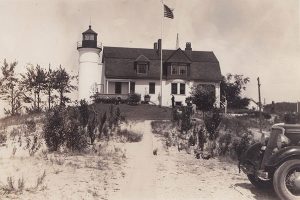
Originally constructed in 1854, Point Betsie was equipped with a fourth-order Fresnel lens, which was operated by a lighthouse crew for 106 years. The light it produced could be seen by mariners on Lake Michigan from approximately fifteen miles with a high range of up to 27 miles. In 1983, Point Betsie was the last lighthouse on Lake Michigan to be fully automated with a new black-capped lantern, which resulted in a change in color scheme for the rest of the building during later renovations. It was also built with a classic Victorian staircase which was also refurbished during the renovation period thanks to a gift in memory of Henry LaFreniere, former assistant keeper.
To document and honor the work of Point Betsie as part of a century-old, crew-managed lighthouse network on the great lakes, the Friends of Point Betsie Lighthouse Inc. were able to attain the original Fresnel lens, reinforce the floor where it would be positioned, and encase it in glass for the public to see. The Friends of Point Betsie Lighthouse is a nonprofit organization founded to restore and preserve the historic landmark and property.
For Chuck Clarke, treasurer of the Friends of Point Betsie Lighthouse and former county administrator who headed its committee of acquisition, it is a necessary treasure to hold onto that can give visitors a hint at some of the best aspects of the structure’s character.
“You want to respect that: respect the standards attached to the upkeep for future generations,” said Clarke. “It’s something you want to see and enjoy.”
While the light is the most iconic aspect of lighthouse structures, the rest of the buildings take just as much, if not more, work to maintain—and at a great cost. Though the lighthouse was officially restored in 1944, the various maintenance stages the Friends of Point Betsie Lighthouse have overseen are just as monumental for Point Betsie itself, since the needs of the lighthouse and its visitors are constantly changing.
The Friends of Point Betsie Lighthouse has pioneered the restoration process through grant funding in order to maintain the historical and environmental integrity of the site. So far, the organization estimated the cost of maintaining Point Betsie to be nearly $2 million, which consists of changes to the structure itself, specialized upkeep up the Vega VRB-45 rotating beacon, and new accessibility features such as elevators and parking spaces.
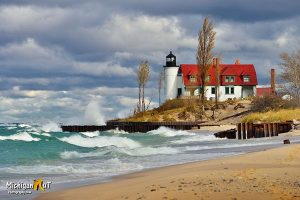
Due to its historical significance, the site has been awarded a multitude of grants and awards supporting accessibility for educational means, as well as its continual functionality. With the 2003 awarding of the Clean Michigan Initiative Grant, the Friends of Point Betsie Lighthouse filed a historic structure report before updating the lighthouse’s oil storage building and fog signal house, which was refurbished entirely in metal. Once they received the Save America’s Treasures Grant, renovation shifted toward redoing the green paint trim on the windows and adding corrugated steel to the chimney to reduce deterioration.
“Everything took a long time: you have to go through the steps,” said Clarke. “When we started the interior of the house, we had to get duplicate windows and only certain companies did that; one of them being in St. Louis and they had a back order of 10 months. It was the same thing with the doors. You just have to be patient with the timing.”
Though the process has been long and—as with any renovation—unexpected issues surface, the Friends of Point Betsie’s work has already paid off. After conducting a feasibility study, they’ve brainstormed projects for a new development plan that include continuing restoration, a gift shop, a customized museum, and even a cell tower made to replicate the AM towers that were once a part of the structure.
“The road has taken a longer time, but I think we’re going in the right direction,” said Clarke.
GLBD

